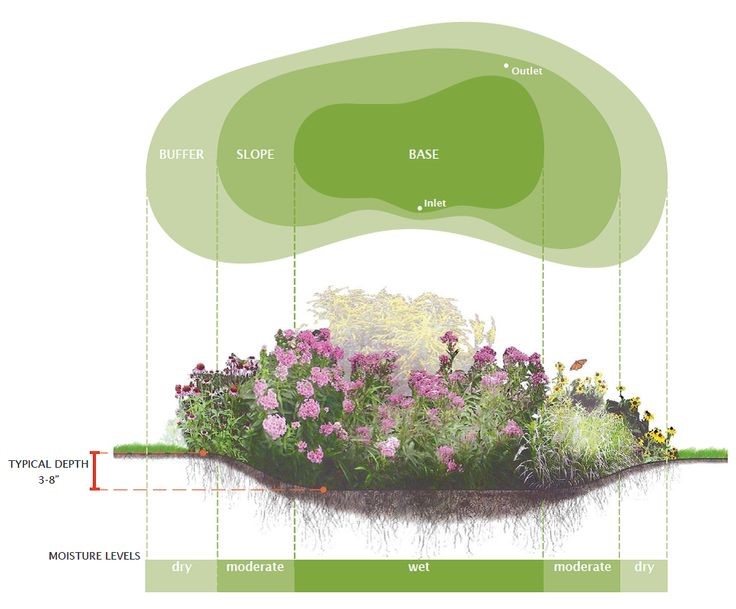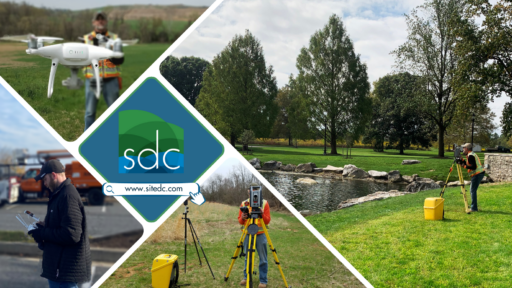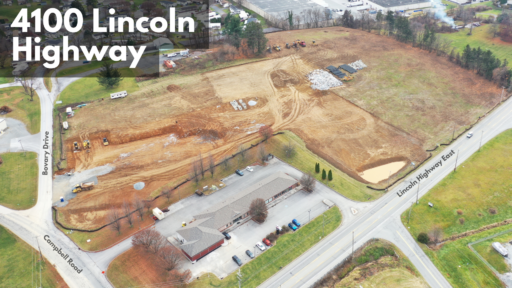Posted
Categories
Learning
This is the second article in a series that will detail the importance of rain gardens, as well as how to maximize rain garden performance on your site including site preparation, installation, plant selection, signs of a healthy rain garden, and maintenance.
Rain gardens have become a hot topic in landscaping recently. They are known for their beauty meets function approach to landscape design. Generally filled with a rich selection of plants, these gardens are not only aesthetically pleasing, but also serve a multitude of purposes. A properly planned, installed, and maintained rain garden will be a planted depression that allows rainwater runoff from nearby impervious areas the opportunity to be absorbed. These gardens provide benefits such as
- Filtration of runoff pollution
- Reduction of flooding and water damage
- Improvement of water quality
- Recharging of local groundwater
- Increase in curb appeal
It is estimated that rain gardens can cut down pollution by up to 30%, while also providing a natural solution to stormwater management issues.
An imperative consideration of proper site preparation is proper plant selection. First and foremost, when selecting plants for your rain garden, you should choose native plants as consistently as possible. Native plants are generally better suited for your climate area, are more environmentally friendly than invasive species, and provide a number of other benefits. You must likewise be careful to choose zone specific plants to ensure your rain garden is a success.
Zone One
Zone One can be called the Wet Zone. It is the deepest section of the rain garden, generally located in the middle. Zone One plants must be flood tolerant meaning they must be able to thrive in up to six inches of standing water for a full day. For central Pennsylvania some good choices are as follows:
- Shrubs: black chokeberry, ninebark, St. John’s wort, spicebush, winterberry, possumhaw
- Perennials: blue flag iris, blue Lobelia, cardinal flower, boneset, new England aster, swamp milkweed, tussock sedge, wool grass, goldenrod, soft rush
- Trees: black gum, black willow, red maple, swamp oak, sweet gum, hemlock
Zone Two
Zone Two is called the Mesic or Middle Zone. These plants must be water tolerant and be able to endure standing water immediately during and after a rain event, however for not as long as Zone One.
- Shrubs: American beautyberry, spiraea latifolia, spiraea alba, red osier dogwood, clethra alnifolia, itea virginica
- Perennials: blue false indigo, bottlebrush grass, threadleaf coreopsis
- Trees: serviceberry, fringetree, paw paw, red maple
Zone Three
Zone Three is called the Transition, or Upper, Zone. These plants will thrive in areas most similar to a typical garden area.
- Shrubs: fragrant sumac, viburnum trilobum, Virginia sweetspire, sweet pepperbush, yellow root, witch hazel
- Perennials: liatris specata, butterfly weed, blazing star, golden aster, tickseed, threadleaf coreopsis, calico aster
- Trees: buckeye, Carolina silverbell, staghorn sumac
When planning your rain garden site, this zone guide is useful for determining which plants are able to tolerate which zones. In order to maximize performance, choose native, zone-specific plants and carefully consider their placement in your rain garden. If you need additional help planning plantings for your rain garden, it is best to contact a professional.





Share